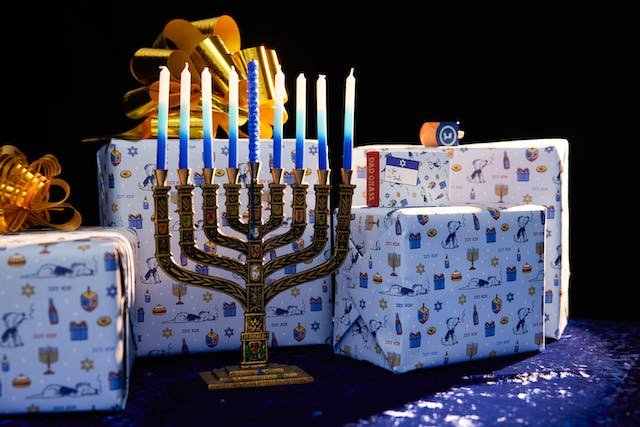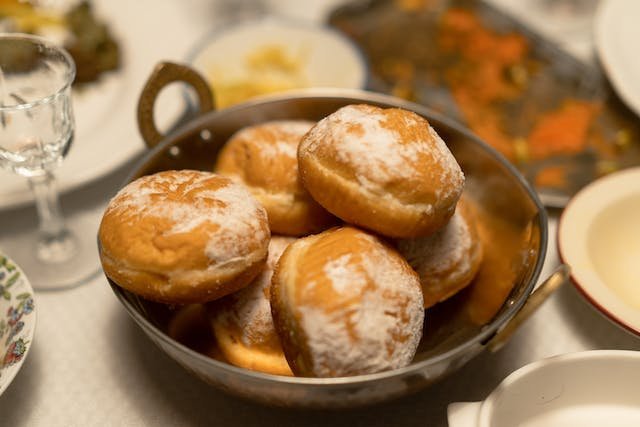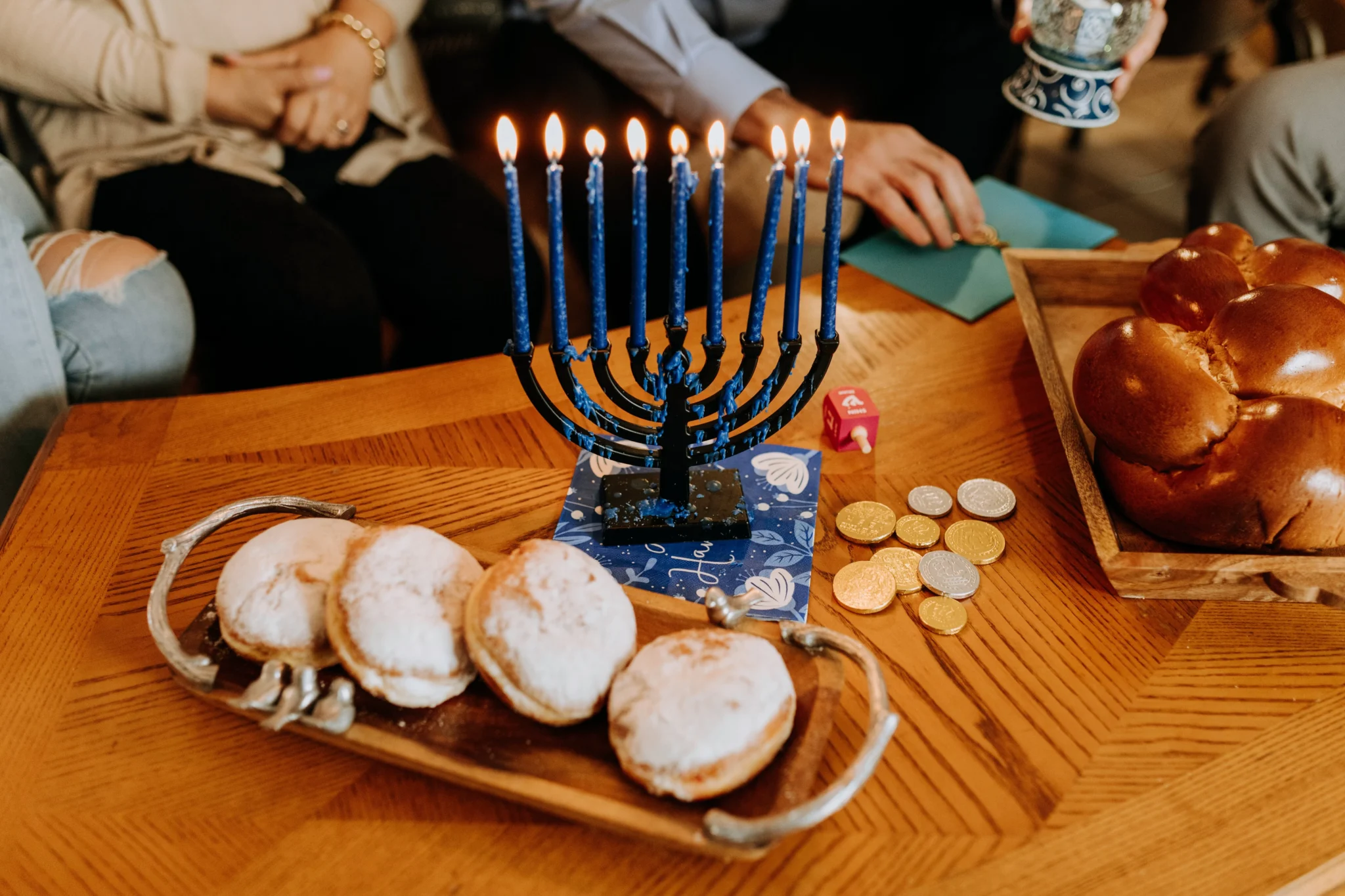Hanukkah, known as the Festival of Lights, holds a cherished place in the hearts of Jewish communities worldwide. As candles flicker in the menorah and the aroma of traditional foods fills homes, Hanukkah becomes a time of joy, reflection, and celebration. In this exploration of Hanukkah, we delve into the rich tapestry of this festival, uncovering its historical roots, diverse traditions, and the profound meanings that have sustained it for centuries.
Historical Context of Hanukkah
The historical roots of Hanukkah delve into a pivotal moment in Jewish history, during the second century BCE in the land of Judea that was under the oppressive rule of the Seleucid King Antiochus IV who wanted to suppress Jewish religious practices and impose Hellenistic culture. Outraged by the desecration of the Second Temple in Jerusalem and the prohibition of essential Jewish rituals, a group of courageous rebels known as the Maccabees led a courageous uprising.
This small band and their leader the valiant Judah Maccabee, successfully reclaimed the Second Temple in 165 BCE, marking a triumphant moment for Jewish religious freedom. However, the true miracle of Hanukkah lies in the story of the oil. As the Maccabees sought to rededicate the temple, they found only a single cruse of uncontaminated olive oil, which miraculously burned for eight days, providing the inspiration for the eight-night festival.
Hanukkah, therefore, stands not only as a commemoration of historical events but as a testament to the enduring spirit of resistance, faith, and the miraculous.
Celebrating the festival of lights
The celebration of Hanukkah has been a tradition in Jewish communities for over 2,000 years, making it one of the oldest continuously observed festivals in Jewish culture. Hanukkah is often referred to as the “Festival of Lights” because of the central ritual of lighting the menorah during the celebration. The term “lights” specifically refers to the candles of the menorah, a nine-branched candelabrum used during Hanukkah.
Usually taking place in December, Hanukkah is a tapestry woven with traditions, each thread contributing to the rich fabric of this festival. Three key elements stand out : the menorah, the dreidel game, and the special foods that enhace Hanukkah tables.

Lighting the Menorah : Central to Hanukkah celebrations is the lighting of the menorah. The menorah holds nine branches, with one candle lit each night for eight nights. Families gather around the menorah, reciting traditional blessings, known as “brachot”. These blessings express gratitude for the miracles and events associated with Hanukkah.
Dreidel Game : The dreidel, a spinning top with Hebrew letters representing the phrase “A great miracle happened there,” adds an element of fun and chance to Hanukkah festivities. Families and friends engage in the lively dreidel game, creating an atmosphere of laughter and camaraderie. The game’s history and its symbolism provide a playful yet meaningful dimension to Hanukkah celebrations.


Special Foods : Hanukkah brings with it a delectable array of special foods, each laden with historical and cultural significance. Oil, a central theme in the Hanukkah story, plays a starring role in these culinary delights. From crispy latkes (potato pancakes) to sufganiyot (jelly-filled doughnuts), these treats not only satisfy the palate but also connect generations to the traditions of the past.
In addition there is some other common practices and customs associated with the celebration of Hanukkah and that can vary among different Jewish communities and families.
Gift-Giving : While not traditionally a major gift-giving holiday, the practice has become more common, especially in Western cultures influenced by the proximity of Hanukkah to Christmas. Children may receive small gifts or “gelt” (money) during the festival.
Family Gatherings : Hanukkah is a time for families to come together. Many families gather for festive meals, lighting the menorah, and playing traditional games.
Community Celebrations : Public menorah lightings are common in many Jewish communities, often organized by local synagogues or community centers. These events foster a sense of community and shared celebration.
Hanukkah Songs and Stories : Singing Hanukkah songs and sharing stories related to the festival are additional ways families and communities celebrate the holiday.
Acts of Charity : In the spirit of giving and helping those in need, some individuals and communities engage in acts of charity during Hanukkah.
Educational Activities : Families may take the opportunity to educate children about the historical significance of Hanukkah and its cultural and religious importance.
As we navigate the traditions and celebrations of Hanukkah, we discover a festival that transcends time and borders, uniting Jewish communities worldwide. In the next articles, we will delve deeper into the symbolic significance of the menorah, the playful world of the dreidel, and the culinary delights that make Hanukkah a feast for the senses. Join us on this journey of illumination and exploration as we continue to uncover the layers of the Festival of Lights.




